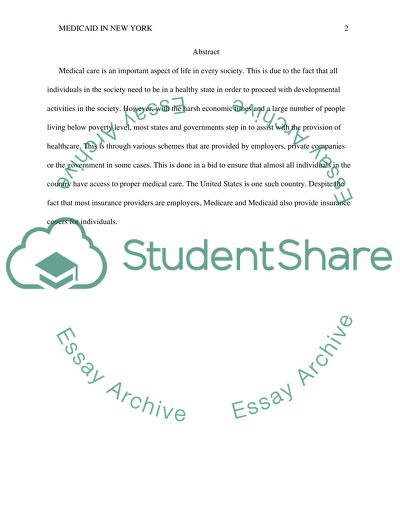Cite this document
(“Managed Care and Medicaid in New York Research Paper”, n.d.)
Managed Care and Medicaid in New York Research Paper. Retrieved from https://studentshare.org/health-sciences-medicine/1447289-managed-care-medicaid-in-new-york
Managed Care and Medicaid in New York Research Paper. Retrieved from https://studentshare.org/health-sciences-medicine/1447289-managed-care-medicaid-in-new-york
(Managed Care and Medicaid in New York Research Paper)
Managed Care and Medicaid in New York Research Paper. https://studentshare.org/health-sciences-medicine/1447289-managed-care-medicaid-in-new-york.
Managed Care and Medicaid in New York Research Paper. https://studentshare.org/health-sciences-medicine/1447289-managed-care-medicaid-in-new-york.
“Managed Care and Medicaid in New York Research Paper”, n.d. https://studentshare.org/health-sciences-medicine/1447289-managed-care-medicaid-in-new-york.


